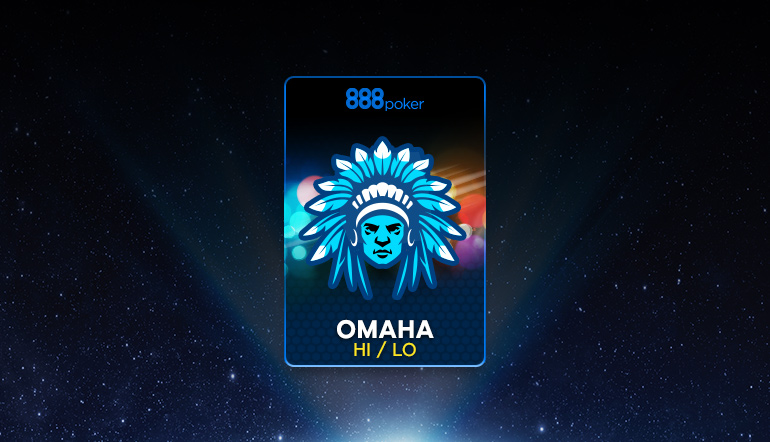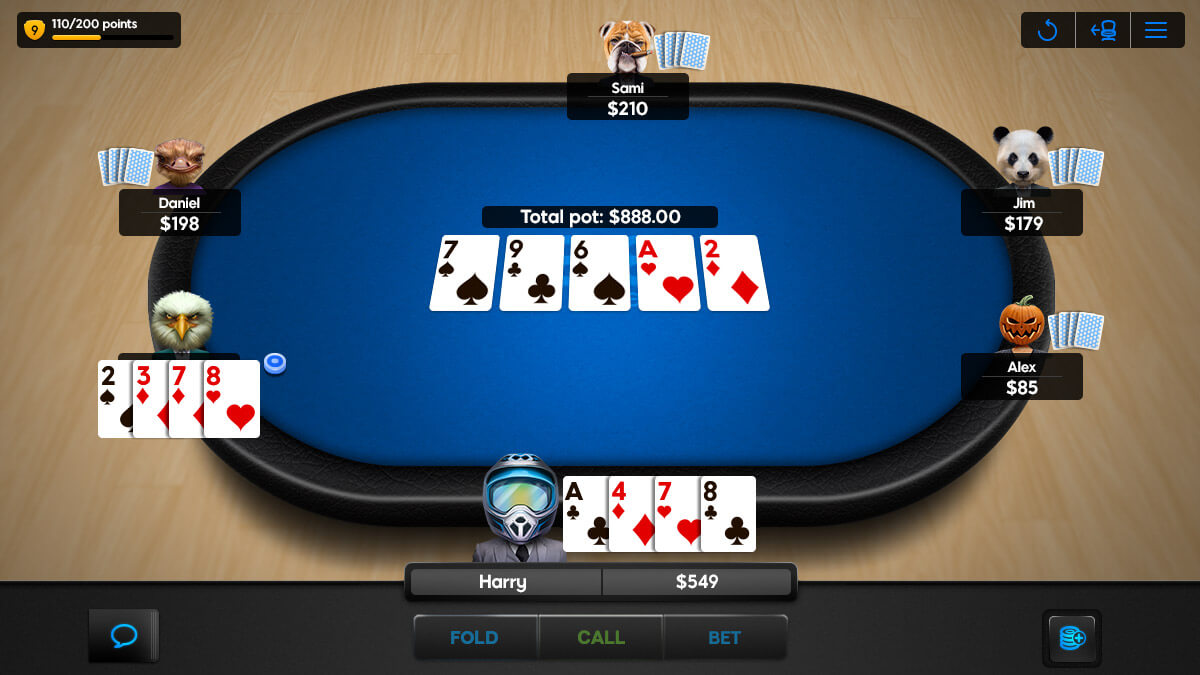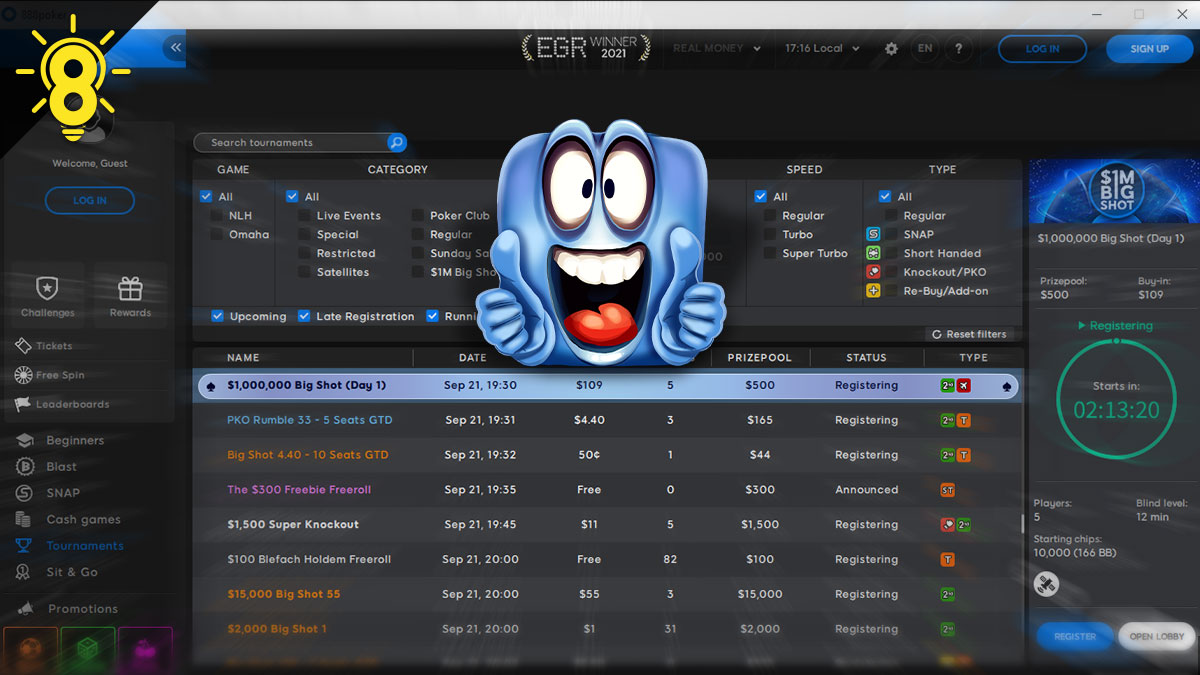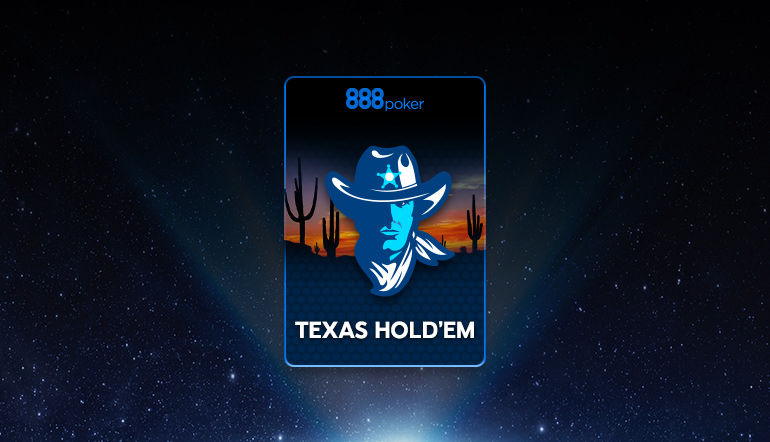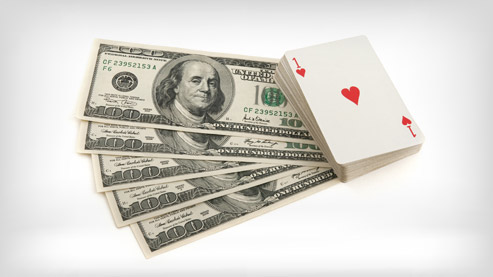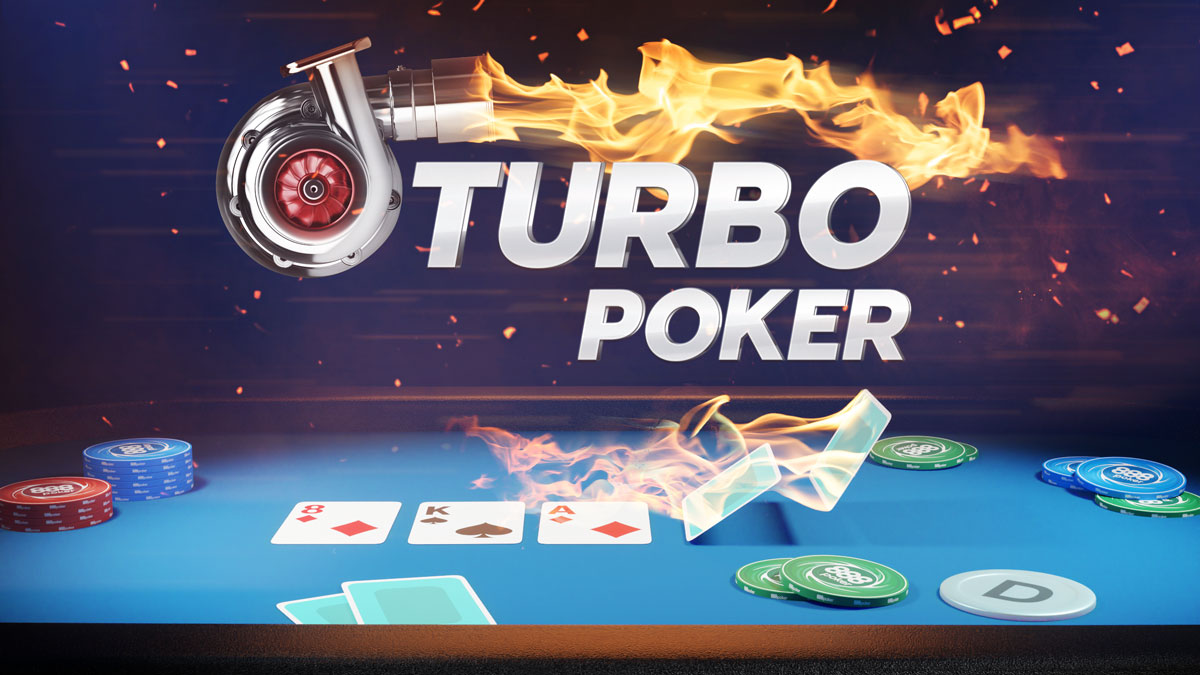If ever there was a game created for sheer fun and excitement, it has to be Omaha-Hi-Lo! Haven't had the pleasure of playing this quick-fire poker format? Well, you've certainly not lived in your online poker life. This is the sort of game that has humongous pots and even bigger poker hands.
Jumping straight in and playing is one option. However, getting familiar with both the rules and the strategy will make the game even more enjoyable. You'll be making money with better hands while having an absolute blast! And, at 888poker there are more Omaha-Hi-Lo games than you can shake a stick at.
But, firstly, let's go over a few key strategy points, you'll need to know before getting caught up in this action-packed game.
Omaha-Hi-Lo Strategy – The Main Components
One of the first things you'll need to know about Hi-Lo is that there are two winning hands at showdown: a High Hand and a Low Hand. They get to split the pot 50/50. Not bad! But it gets even better. Make the best Hi and Lo on the river and scoop the lot! 100% of the pot is yours.
The main betting format for Omaha-Hi-Lo is Pot Limit, but you will also find a lot of Fixed Limit games. Ultimately, the choice is yours when it comes to which one you should play. Pot Limit games play a lot like No Limit when you compare pot sizes. Whereas the Fixed Limit games restrict the amount of your stack you can get into the pot to a maximum of 4 times the Big Blind, on each street.
In Omaha MTTs, using Omaha Hi-Low tournament strategy can really help you go deep and make more final tables. It's a case of balancing solid starting hands with good knowledge of how low hands work.
Now, let's get into the mechanics of Omaha-Hi-Lo game strategy, starting with pre-flop hand selection.
Starting Hands
Because there are two winning pots in this format, you should pick starting hands that can scoop both. In fact, one of the main strategy rules of split-pot games is, “Go for the low and back into the high”. A hand like A-A-2-X double-suited gives you the chance at the nut-low and the nut flush (high hand) draws.
Take a look at this Top Ten list of Best Starting Hands:
- A-A-2-3 DS
- A-A-2-4 DS
- A-A-2-3 Suited
- A-A-2-5 DS
- A-A-2-4 Suited
- A-A-3-4 DS
- A-A-2-3 Non-suited
- A-A-2-2 DS
- A-A-3-5 DS
- A-A-2-6 DS
Now many Hi-Lo gurus will fall in love with any A-2-X-X, but not all A-2 hands are created equal. For example, look at the hand A-2-Q-Q double-suited and compare that to A-2-J-8 non-suited. The A-2 with the Queen kickers just beats the J-8 hand into submission. It's not even a fair fight!
So even though the low is an important part of this poker genre, it only makes up 50% of the winning hand. You should look for hands that contain cards that can help in making a winning high hand, too.
Hands that have suited aces, big pairs, or other high cards that can help you make nut flushes or straights, are perfect.
Low Hands
Now going for the Lo and having the best Lo are two entirely different animals in Omaha. It's common to see players calling massive river bets with a Low Hand that is solidly beat.
Have a look at the following board and starting hands. See if you can determine which Low wins:
